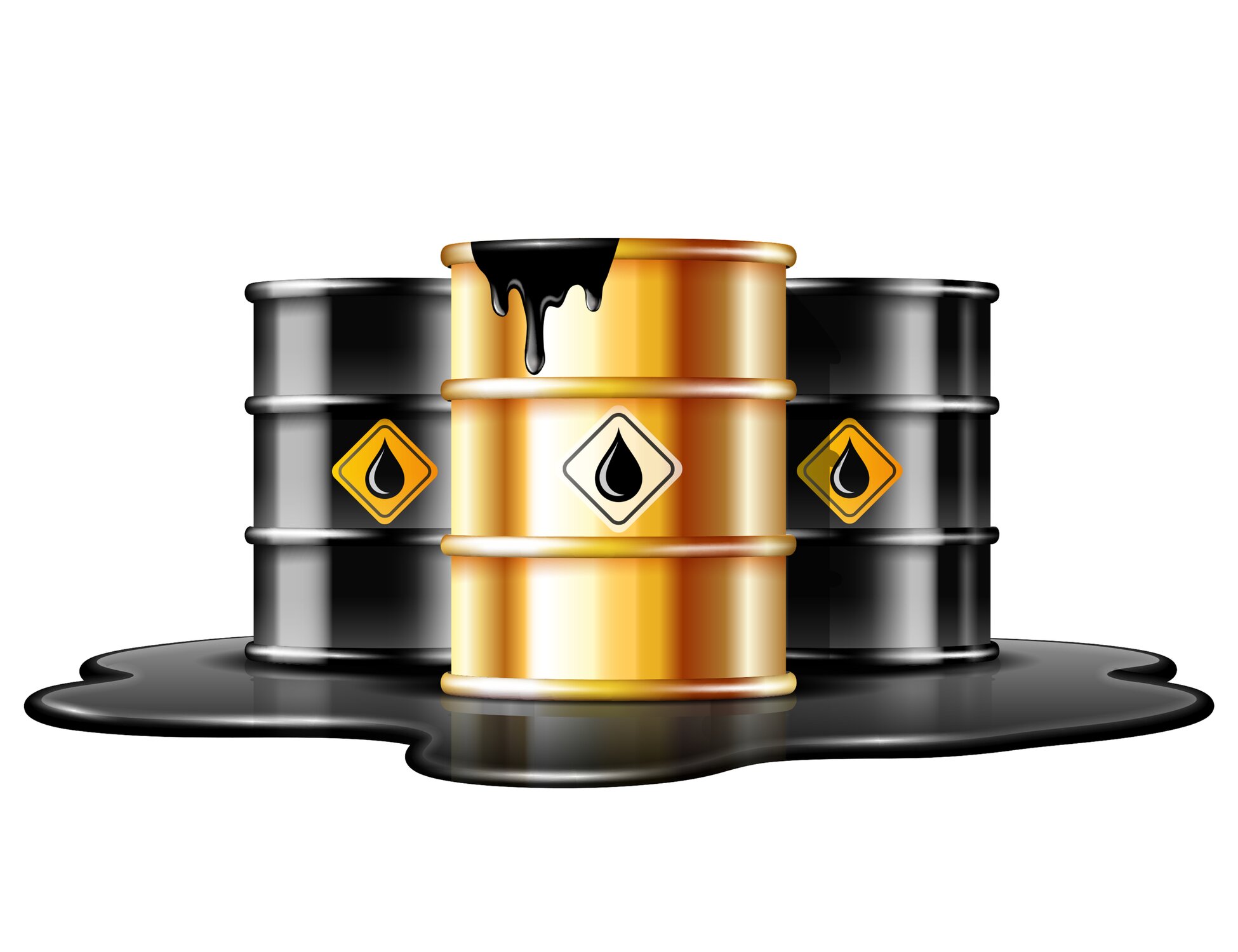
Gold prices surged towards record highs on Friday as safe haven demand spiked following Israel’s military strikes on Iran. The escalating geopolitical tensions initially drove spot gold sharply higher, with investors seeking refuge amid fears of a broader conflict.
While the threat of a widening war in the Middle East has the potential to propel gold to new all-time highs, history suggests that markets often discount geopolitical risk premiums once the initial shock fades, assuming no further escalation.
Looking ahead, traders are also closely eyeing next week’s Federal Reserve meeting, which may provide further direction for gold prices.
Should the Fed strike a more dovish tone, expectations for lower interest rates could add fresh momentum to gold’s rally, potentially breaking the $3,100 – $3,500 range that has largely contained prices throughout most of Q2.
In contrast, brent crude initially spiked as much as 13% on fears of potential supply disruptions stemming from the Middle East conflict. However, those gains were quickly pared as markets reassessed the immediate risks.
Historically, oil markets require tangible evidence of actual supply declines to sustain elevated price levels. For now, major OPEC+ producers maintain sufficient spare capacity to compensate for any potential loss of Iranian output, easing immediate supply concerns.
Absent a materialization of significant supply-side disruptions, market focus for oil is likely to shift back to demand-side fundamentals. Concerns over global economic growth and ongoing trade tensions continue to cast a shadow over long-term demand prospects, potentially capping further upside for Brent in the near term.
Both gold and oil remain highly sensitive to geopolitical developments, but as initial fears subside, market participants are refocusing on macroeconomic fundamentals that will shape price action in the weeks ahead.